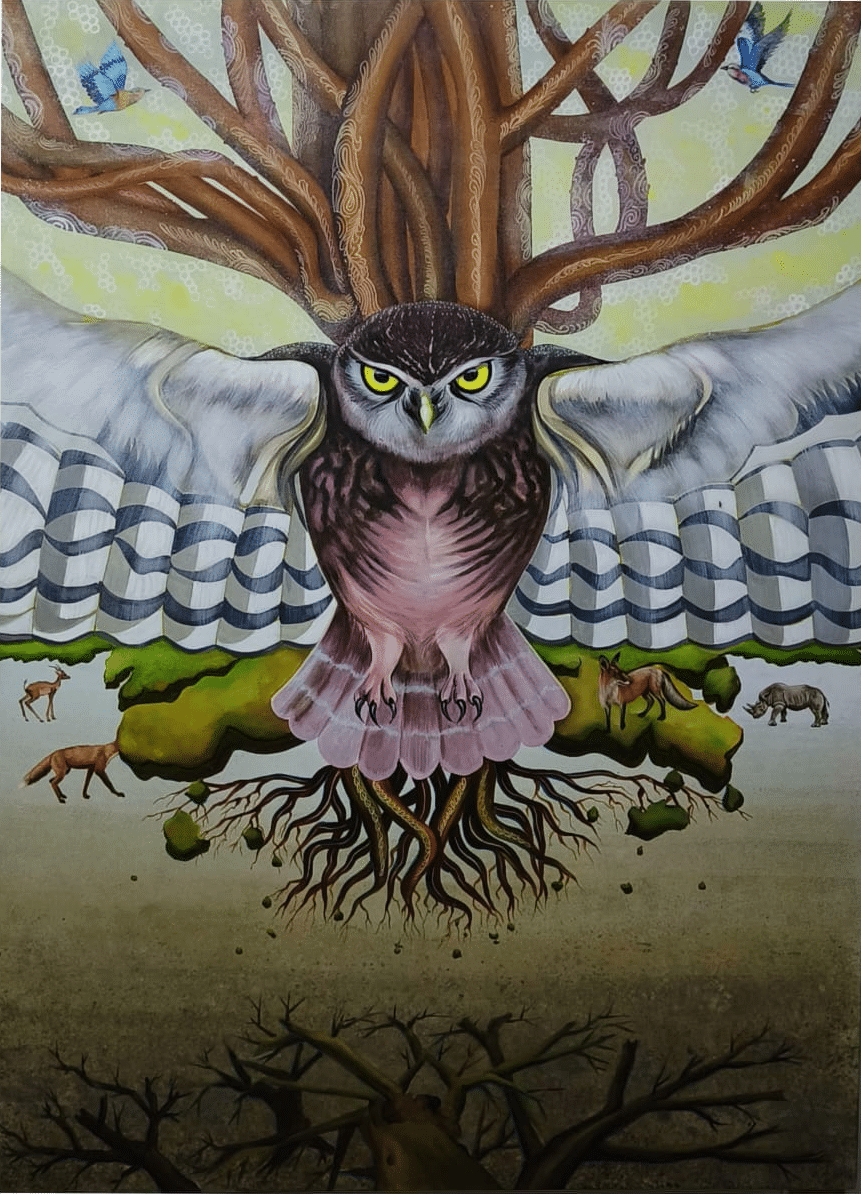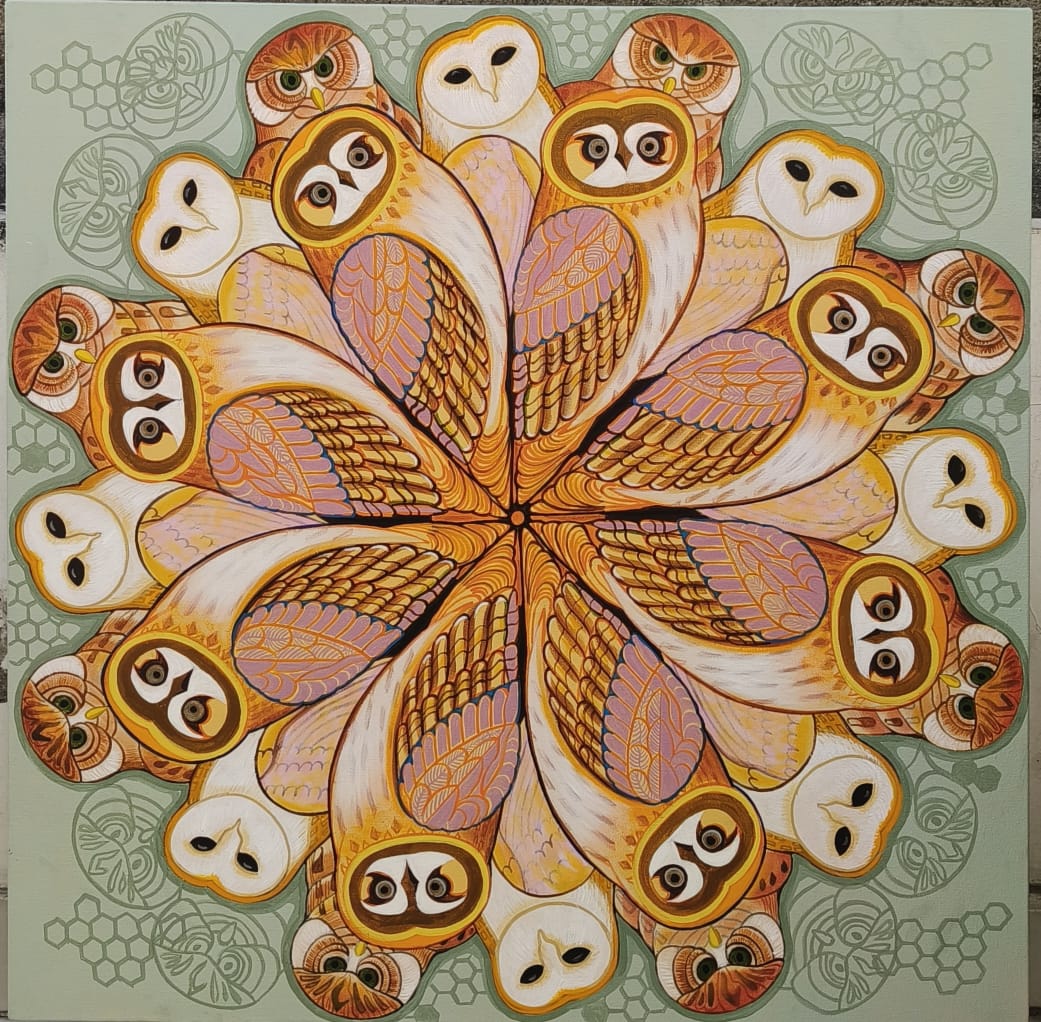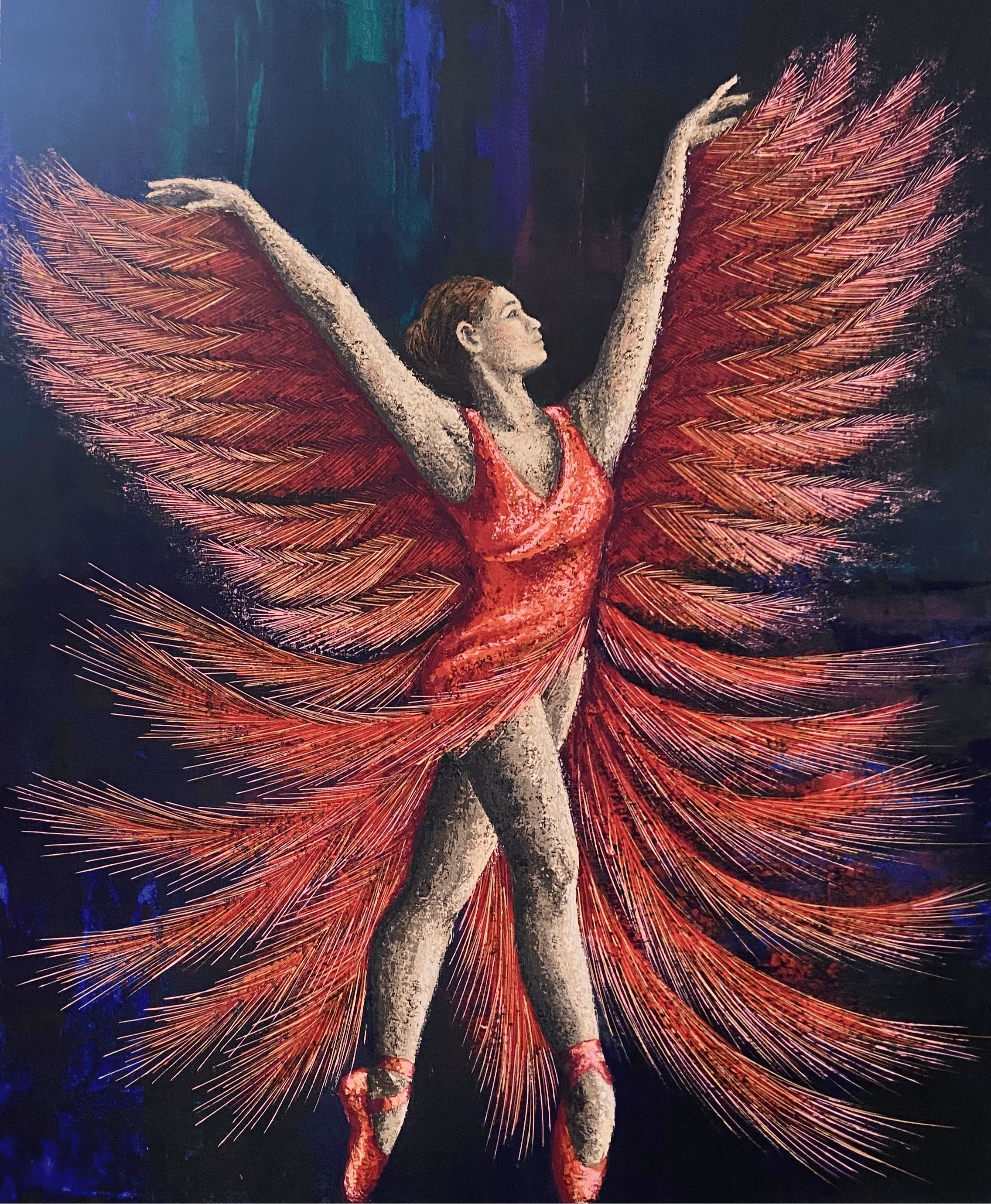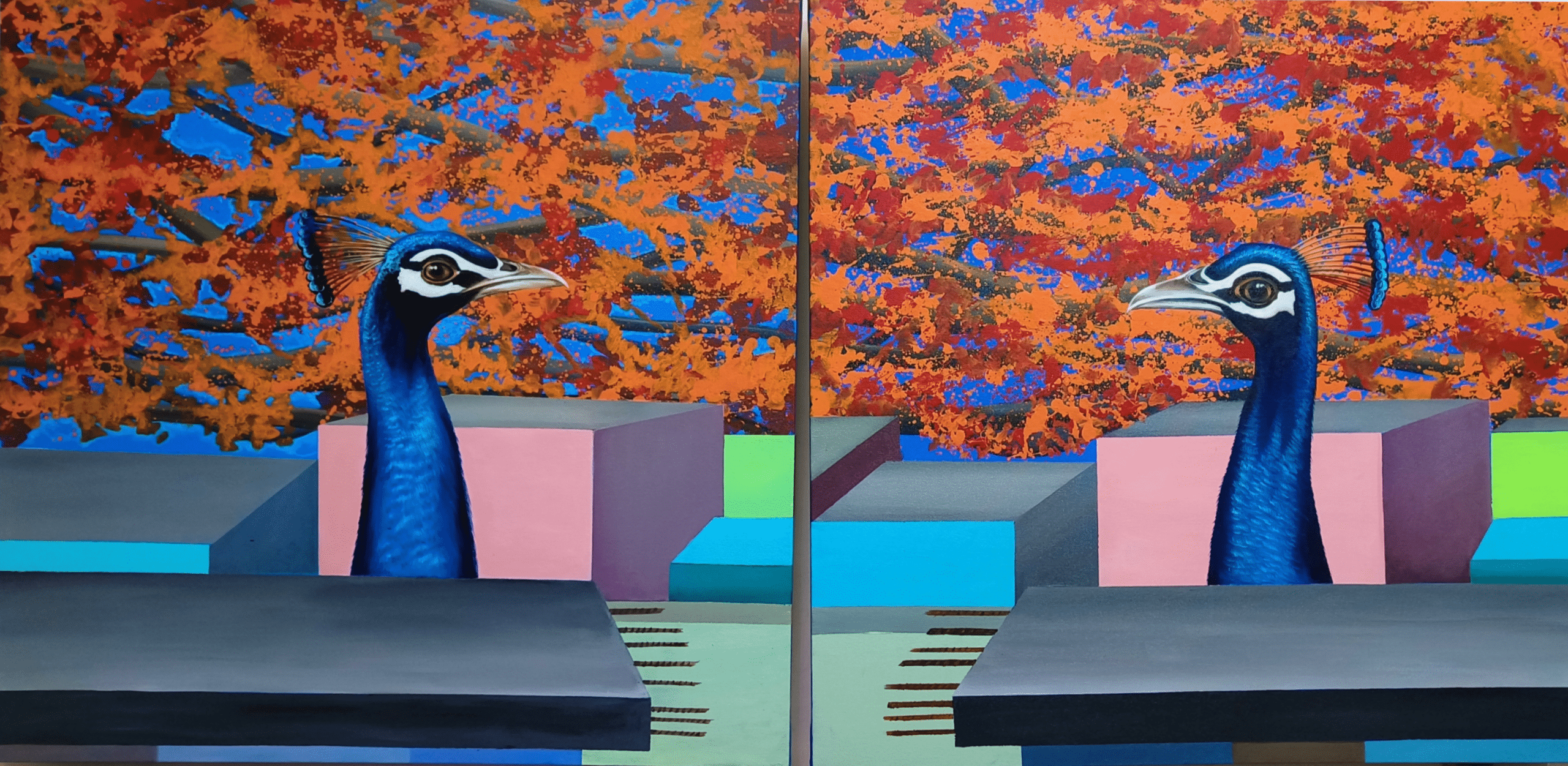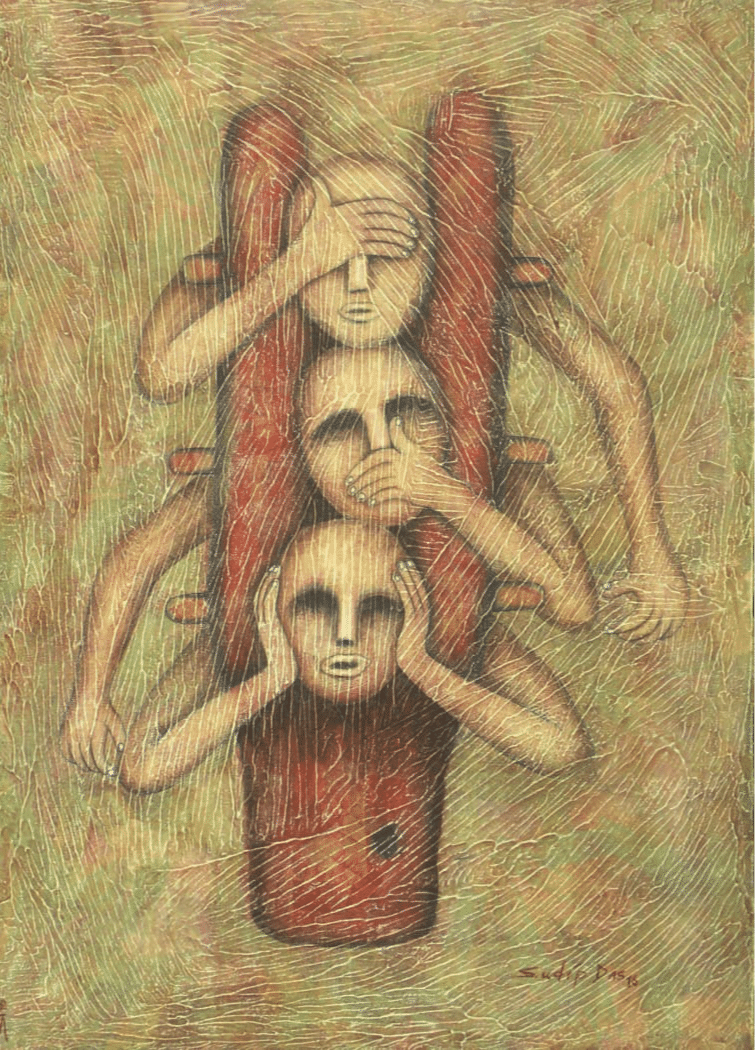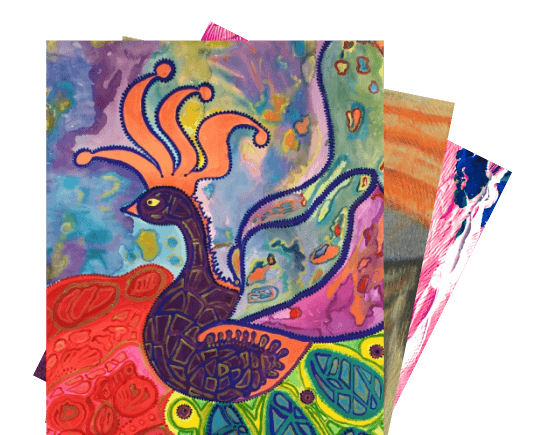
In a world of stocks, bonds, and crypto, art may not be the first asset class that comes to mind. But over the past few decades, art has proven itself to be more than just a symbol of culture. It is also a valuable investment vehicle. Whether you’re a seasoned investor seeking to diversify or a first-time collector with a passion for creativity, understanding how to invest in art can unlock both emotional satisfaction and financial returns.
So, what exactly is art investment, and how can you do it wisely?
Why Invest in Art?
Art investment involves buying artwork to generate a return, either through resale or long-term appreciation. Unlike traditional investments, art offers something uniquely human: personal joy, cultural value, and aesthetic enrichment. According to a 2023 report by Art Basel and UBS, global art market sales reached $67.8 billion in 2022. This reflects a 3% year-on-year increase and places the market above its pre-pandemic level in 2019, proving that interest in art collecting and investment strategies remains strong even in shifting economies.
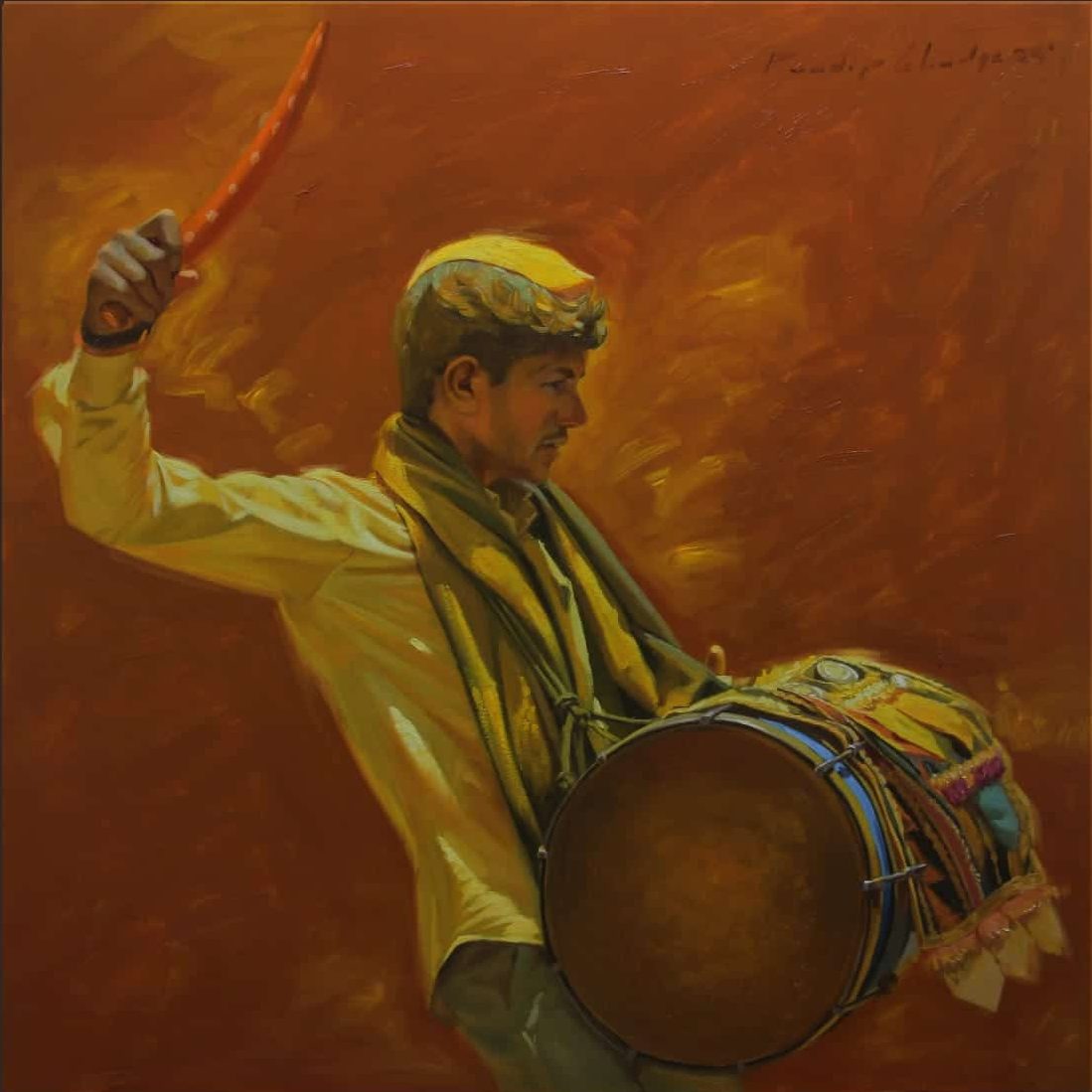
Untitled by Pradip Ghadge is a stunning oil-on-linen masterpiece capturing a musician in vivid realism. With rich earthy tones and cultural depth, this artwork adds elegance and energy to any modern home décor. Find it now on Elisium Art.
Getting Started: What You Should Know
- Understand Your Budget and Risk Tolerance
Art can range from a few hundred to millions of dollars. Set a realistic budget, and remember art is a long-term investment. Unlike stocks or real estate, it’s often less liquid. You may need to wait years before realising significant gains.
How to Start an Art Collection (Without Breaking the Bank)
- Learn About the Artist
The artist’s reputation, career trajectory, and market demand significantly impact an artwork’s future value. Emerging artists often present more affordable entry points with growth potential. Platforms like Elisium Art curate collections of rising talent worth watching.
Choosing the Right Art for Investment
When choosing artworks to invest in, look beyond the frame. Focus on quality, uniqueness, and provenance (the artwork’s ownership history). Ask these key questions:
- Is the artwork original or a limited edition?
- Does it come with a certificate of authenticity?
- Has the artist been exhibited or collected before?
Art styles like Abstract, Expressionism, Impressionism, and Modern Folk Art have shown consistent interest among collectors.
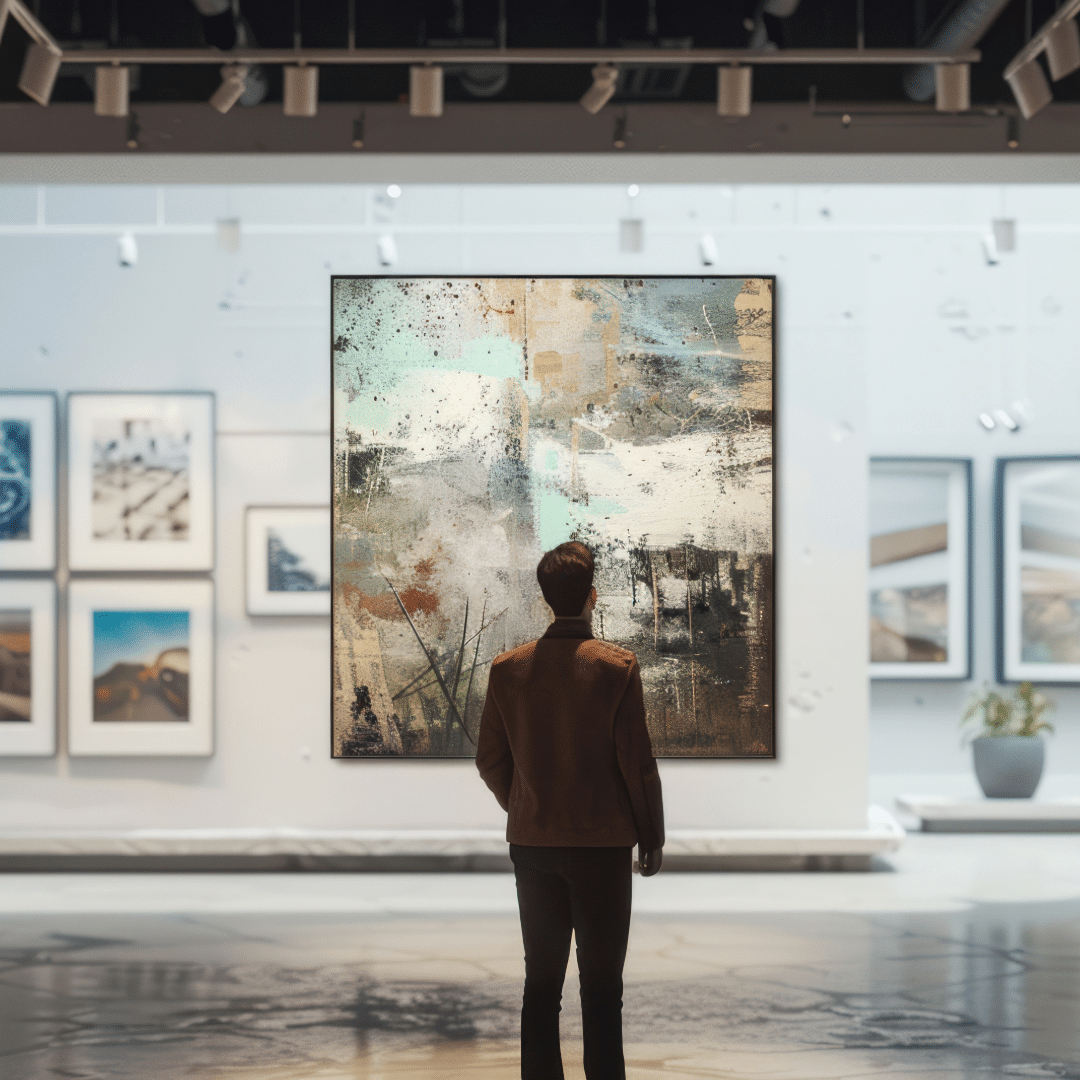
Diversify Your Art Portfolio
Just like in finance, diversification can help mitigate risk. Invest in different types of art—paintings, sculptures, photography—and consider mixing blue-chip artists with emerging talent. You could also diversify geographically by collecting from other regions or cultures.
City Guides for Art Lovers – Explore Global Art Scenes
Protecting Your Art Investment
Once purchased, your art should be treated as both an asset and a delicate object. Store and display it under proper conditions—away from direct sunlight, humidity, or pollution. Ensure your artworks, and always keep purchase records and authenticity documents.
If you plan to resell, tracking the artwork’s value over time through appraisals or online, Elisium Art will be helpful.
Visit Elisium Art’s Personalised Art Advisory
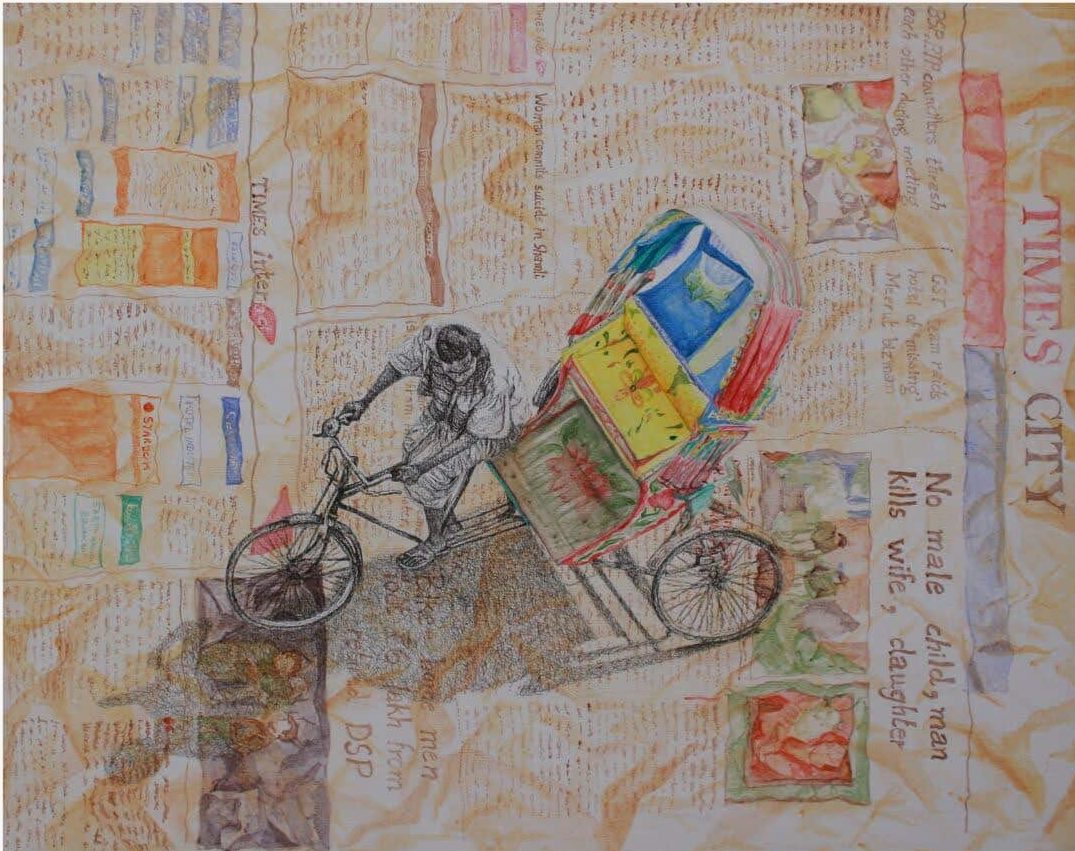
Real Architecture of the Society by Niharika Agarwal is a striking mixed-media artwork blending vibrant hues with raw urban narratives. Perfect for contemporary interiors, it brings depth and cultural texture to your space. Explore it now on Elisium Art.
When and How to Sell
Art investments typically take 5–10 years to mature. The resale path may be through auctions, private sales, galleries, or online platforms. Timing is crucial—market trends, the artist’s growing fame, or increased demand can dramatically influence resale value.
Working with art advisors or online platforms offering global reach can make this process more transparent and rewarding.
Art investment is as much about passion as it is about profit. The key lies in being informed, patient, and curious. When you buy an artwork, you’re not just acquiring a financial asset—you’re owning a piece of human expression, history, and culture. And that in itself is a timeless return.
Whether you’re starting small or planning your subsequent significant acquisition, Elisium Art offers resources, advisory services, and a carefully curated collection to help you make smart, soulful investment decisions.
Explore Art Investment with Elisium Art.

Written by
Nafeesa Patronia
Nafeesa is a dedicated art curator with a passion for promoting art and fostering artistic communities. Her career began in 2012 at Art Spice Gallery, where she honed her skills in gallery management and artist relations. She later coordinated exhibitions at Art Heritage Gallery and managed their participation in the India Art Fair. At Delhi Art Gallery, she managed the Drishyakala Museum and conducted tours for diverse audiences, including the King and Queen of Sweden. Nafeesa also curated exhibitions at Art by Diyaman Studio & Gallery, including the well-received \"Esoteric\" show. In 2023, she served as Project Manager for ART OF INDIA, managing communication with over 100 artists. Currently, she manages the Surrendra Paul Art Gallery, overseeing operations, curating exhibitions, and coordinating events.


